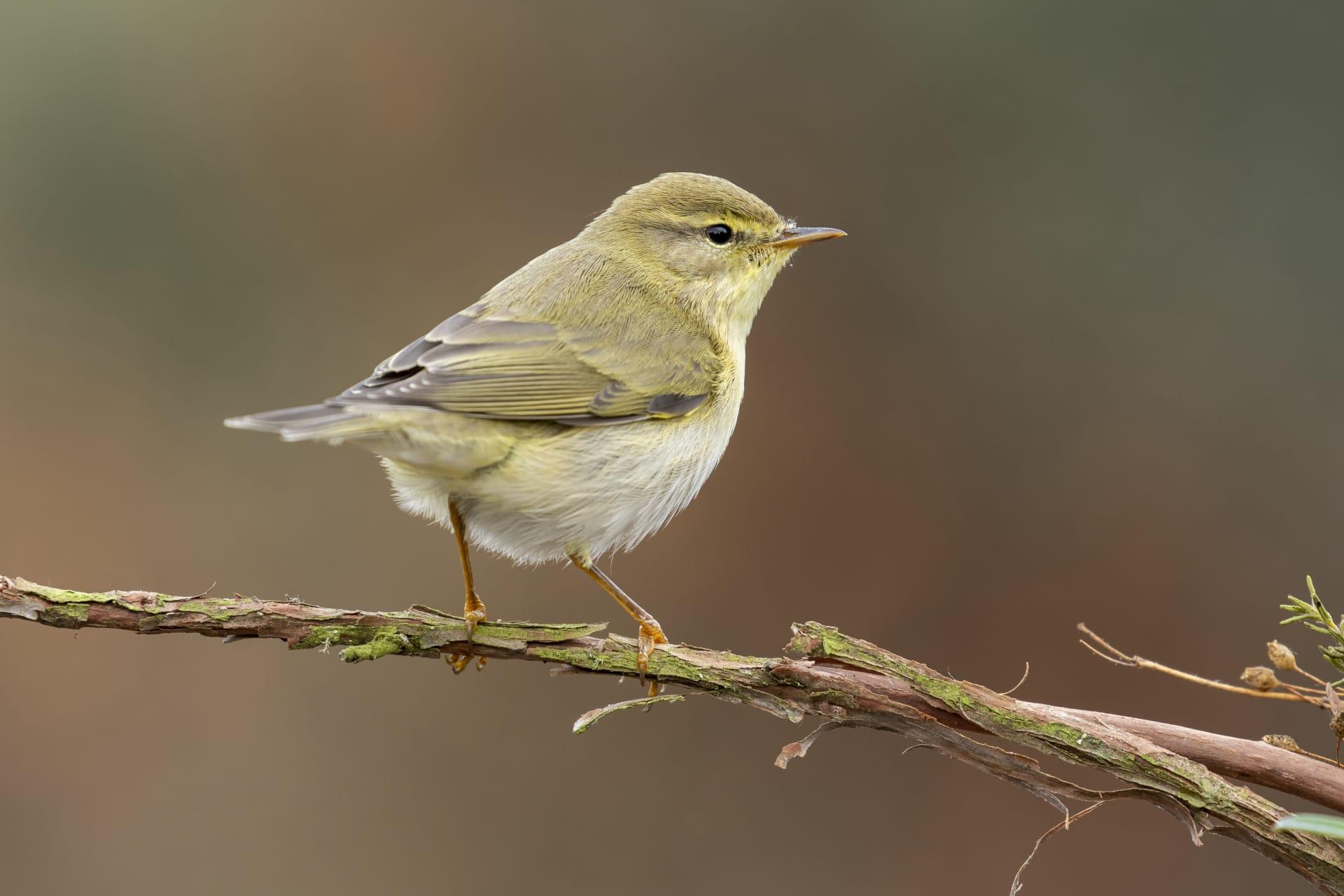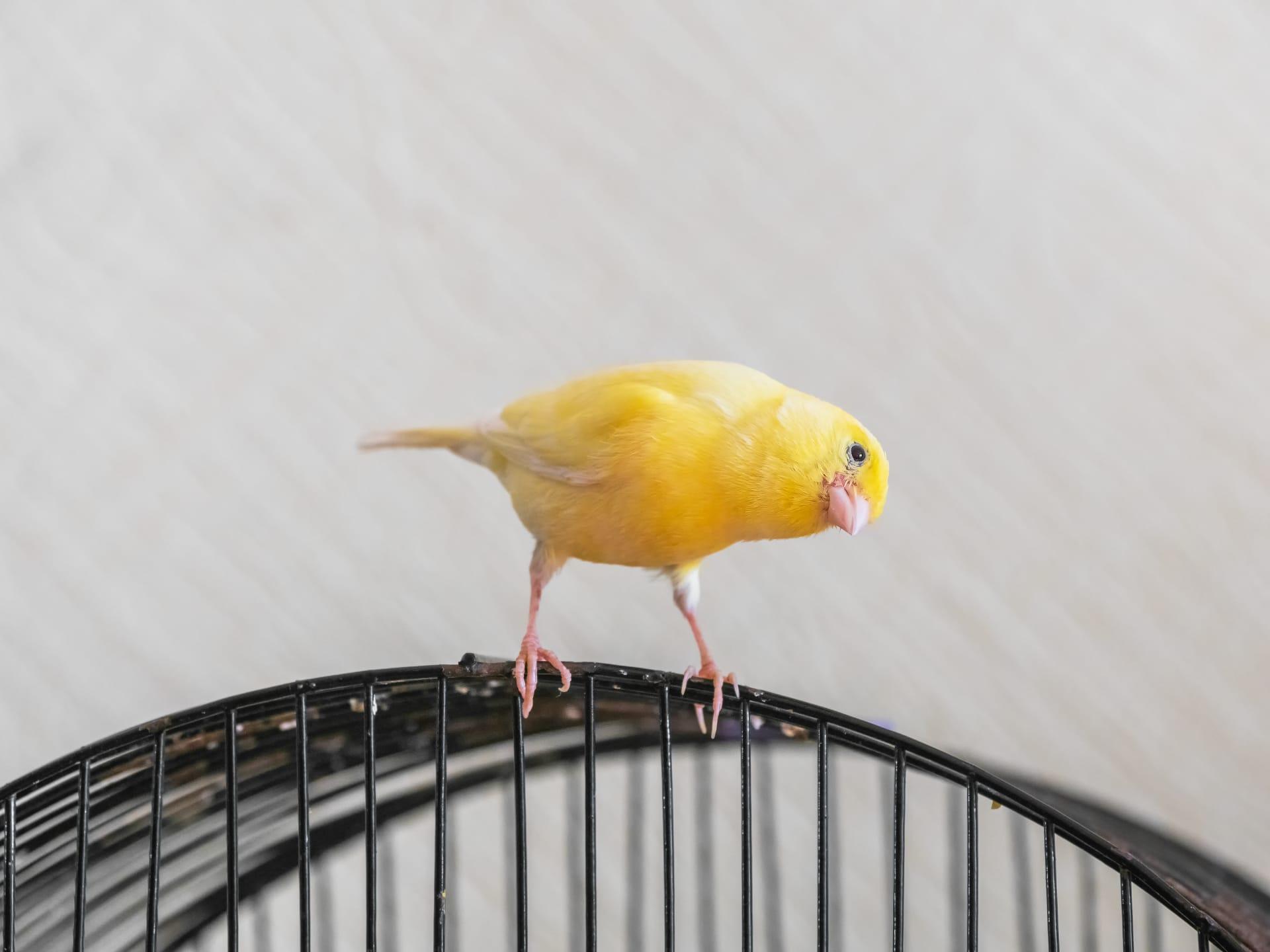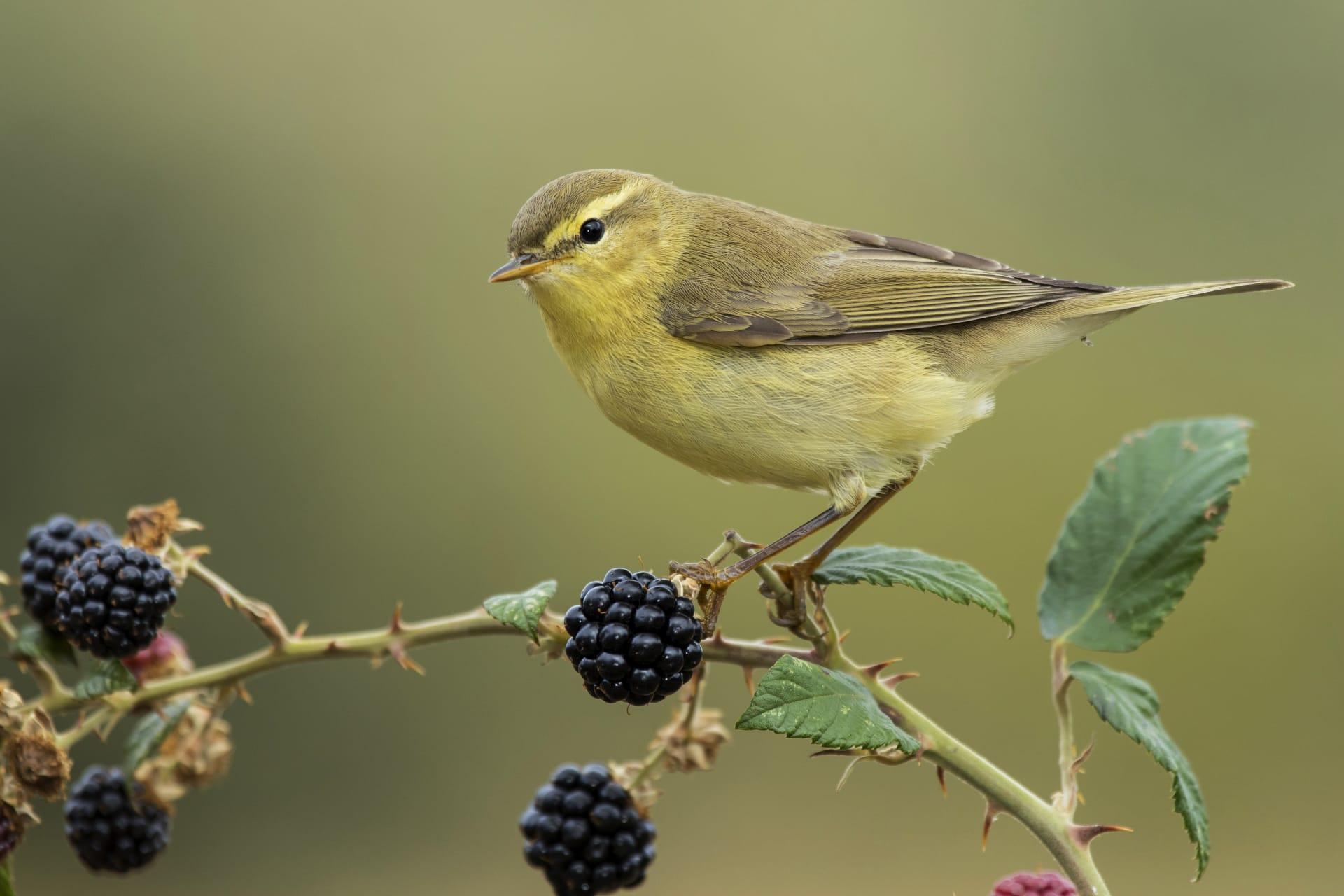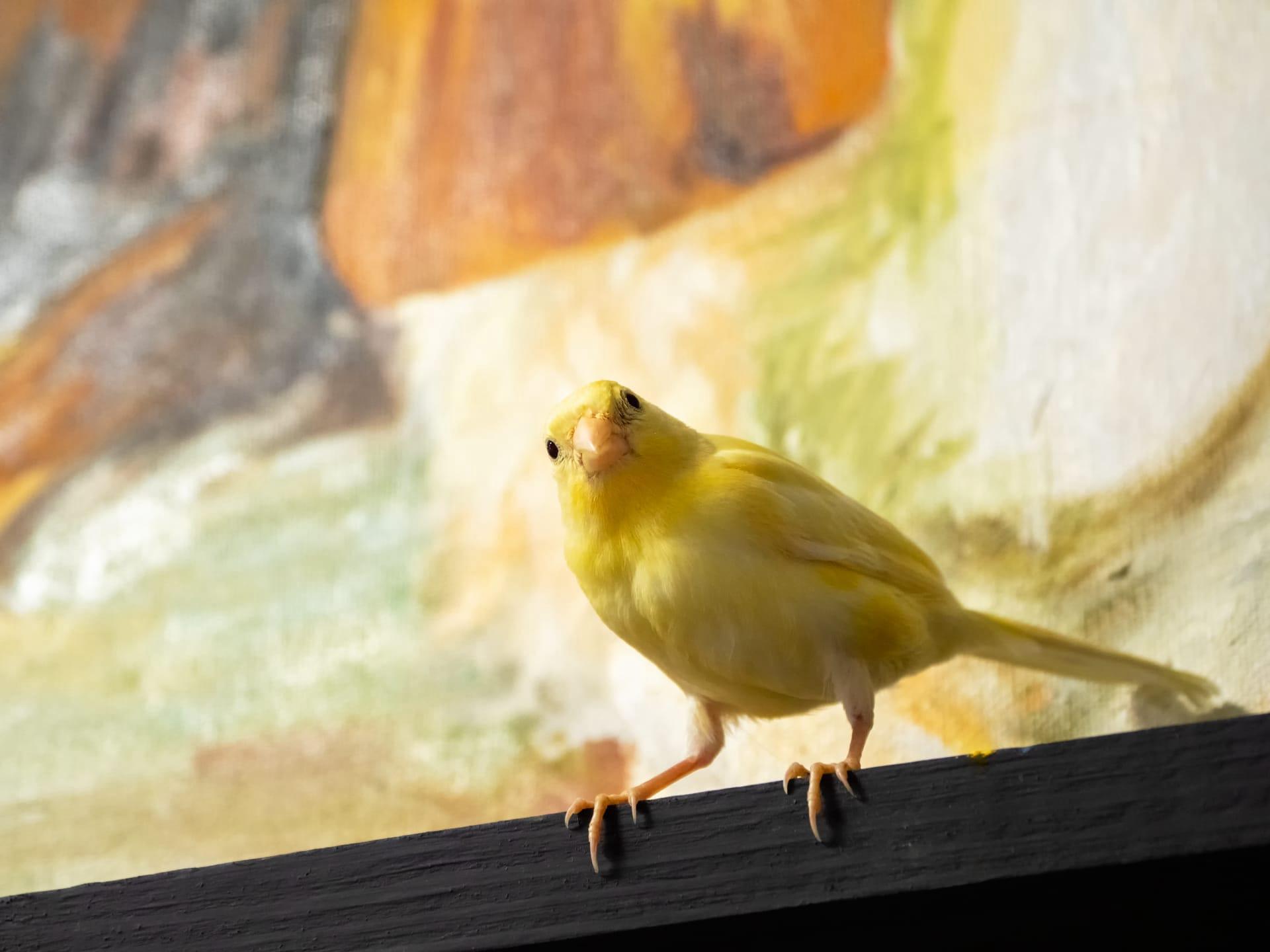Canary
- Home /
- Mini Encyclopedia /
- Animal /
- Canary
1
Canaries, known scientifically as Serinus canaria, are small passerine birds belonging to the Fringillidae family. This species originated from the Macaronesian Islands, including the Canary Islands, Azores, and Madeira. Notably, the wild canary is predominantly greenish-yellow, with a sleek body measuring about 12 to 13 centimeters in length. The bird's beak, adapted for seed-eating, is short and conical. A fascinating aspect of canaries is their genetic diversity, which has resulted in various breeds with different colors and patterns due to selective breeding, especially in captivity.
As for their distribution, canaries are native to the aforementioned Macaronesian Islands. Their habitat predominantly consists of forests and groves, where they can find ample food and nesting sites. The Canary Islands, their namesake, provide an ideal environment with mild temperatures and varied landscapes. These birds have also been introduced to other parts of the world, including parts of Europe and North America, primarily as pets. Due to their adaptability, canaries in these new environments often thrive in semi-open landscapes like gardens and parks.

2
Question: Do canaries, like the proverbial "canary in a coal mine," have a natural ability to detect dangerous gases?
Answer: This common belief stems from the historical use of canaries in coal mines to detect toxic gases, such as carbon monoxide. The truth is, canaries don't have a specialized biological mechanism to detect gas. Instead, their small size and fast metabolism make them more susceptible to the effects of toxic gases. This means they would show signs of distress or succumb to the gas before it reached levels dangerous to humans, serving as an early warning system. Modern technology has replaced canaries in this role, but the phrase "canary in a coal mine" persists as a metaphor for an early indicator of potential danger.

3
Canaries have developed several strategies to survive in their natural habitats. Their predominantly seed-based diet means they have evolved a beak perfectly suited for cracking open seeds. This adaptation allows them to exploit a food source that's abundant in their environment. Moreover, these birds are known for their vibrant singing, especially the males. This serves multiple purposes: establishing territory, attracting mates, and even signaling alarm. Their song is a critical survival tool, reflecting their health and vitality.
Furthermore, canaries are social birds, often seen in flocks, especially outside the breeding season. This social behavior helps in foraging and offers protection against predators. In the breeding season, they build cup-shaped nests in trees or shrubs, a strategy that helps protect their eggs and young from predators and harsh weather conditions. Their coloration also plays a role in survival; the wild canary's greenish-yellow plumage provides excellent camouflage in their natural leafy habitats.

4
In their natural ecosystems, canaries play several important roles. As seed eaters, they aid in seed dispersal, contributing to the spread of various plant species. This is crucial for maintaining the diversity and health of their habitats. Additionally, their foraging habits help in controlling the population of seeds and insects, thus maintaining a balance in the ecosystem.
Canaries also serve as prey for larger birds and other predators, thus playing a role in the food chain. Their presence indicates a healthy ecosystem, as they are sensitive to environmental changes and pollution. This sensitivity makes them excellent bioindicators, helping scientists monitor the health of the environment. In essence, canaries contribute to ecological balance, both as consumers and as a part of the food web.

5
Film: "The Secret Life of Birds," produced in the United Kingdom in 2010, explores the fascinating world of birds, including canaries. This five-part series, narrated by Iolo Williams, delves into various aspects of avian life, from their evolutionary history to their modern-day interactions with humans. One segment specifically focuses on the life and adaptations of canaries, showcasing their vibrant colors, melodious songs, and their historical significance as pets and ecological indicators.
Book: "Canaries: A Complete Pet Owner's Manual," by Otto von Frisch, published in the United States in 2001, is an insightful guide for canary owners. It covers various aspects of canary care, including feeding, housing, health, and breeding. Von Frisch provides detailed information about different canary breeds and their characteristics, making it a valuable resource for both novice and experienced bird enthusiasts.
Book: "The Canary Handbook," authored by Matthew M. Vriends and Tanya M. Heming, was published in the United States in 2001. This comprehensive guide offers in-depth information about canary care, breeding, and training. It also includes sections on the history of canaries, their behavior, and how to create the ideal environment for these birds. The book's focus on both practical care and the appreciation of canaries as a species makes it an essential read for bird lovers and canary owners alike.